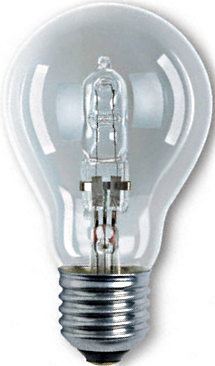Lighting is so important to a store's atmosphere and can make or break the overall look and feel. Humans feel safer in the light and so gravitate to well lit spaces, but harsh lighting can wreck the look and feel of your product. So... Which type of lighting will work best for you?
Photo by Flourish Design & Merchandising of KEYLIME Photo by Flourish Design & Merchandising of Bellies
Pros
·
Inexpensive
at the outset with affordable fixtures
·
Easy
to use, replacing lightbulbs is a breeze
·
Warm
light
Cons
·
High
energy cost, these are the least efficient bulbs
· Getting
harder to find and buy, some areas have even banned them
· High
heat, don't touch it while it's on!
·
Potential product
damage
· Low
lifespan, they need ot be replaced often (high future cost)
Pros
· Slightly
more efficient than incandescent (only about 15% better)
· Low
cost at the outset
Cons
· Still
high energy consumption
· High
heat, again... ouch!
· Potential product
Dmage
·
Low
lifespan, needs frequent replacement (high future cost)
·
Bulbs are difficult to replace as you can't touch them directly
Pros
· Middle
price point
· Saves
energy, more efficient than the previous two by quite a bit
·
Easy
to use
·
Last
longer, less frequent replacement
·
Fits
into incandescent fixtures
Cons
·
Takes
time to warm up, don't be late in the morning or your customers won't be able to see for a while!
· Cool,
unflattering light or pinkish light
·
Pricier
than Incandescent and still need to be changed fairly regularly (in comparison to following options)
·
Unattractive
appearance as some (including me) don't like the spiral
·
Not
available in spot lights and non-dimmable
· Unstable/flickering light
·
Contains
some mercury
Pros
· High
energy savings
·
Great
colour quality
·
Fits
halogen fixtures (if you were using halogen before, there's no need to replace the fixtures)
· Long
lifespan, low maintenance (low future cost)
·
Different
sizes and shapes, including spot lights
Cons
· Expensive
at the outset (cost will be recouped over time)
Pros
· Highest
energy savings
· Can
be purchased in dimmable options
· Available
in a variety of types, including spot lights
·
Attractive
fixtures are available
· Long
lifespan, low maintenance (low future cost)
·
Lower
operating temperatures, extremely low likelyhood of damage to your product from light or heat!
Cons
·
Expensive
at the outset (cost will be recouped over time)
While most of the headings above link to wikipedia.org, I didn't use it as an info source, I promise! (It is the easiest most consistent to link readers to for more inormation though.)
Here is a list of sources if you're looking for more information:
If you have any more questions about lighting or retail design feel free to leave a comment, visit the Flourish Design & Merchandising Website, or send us an email.






























